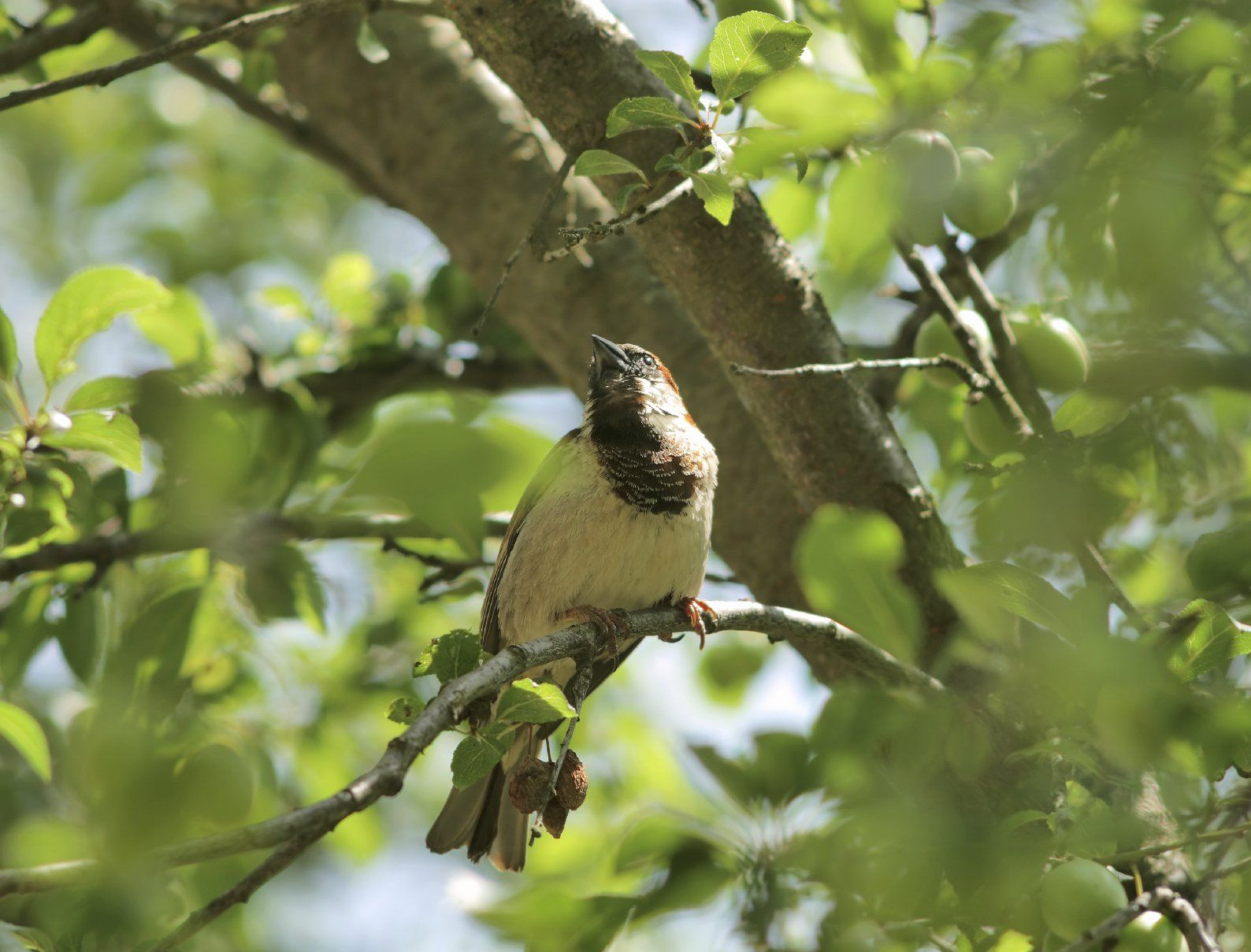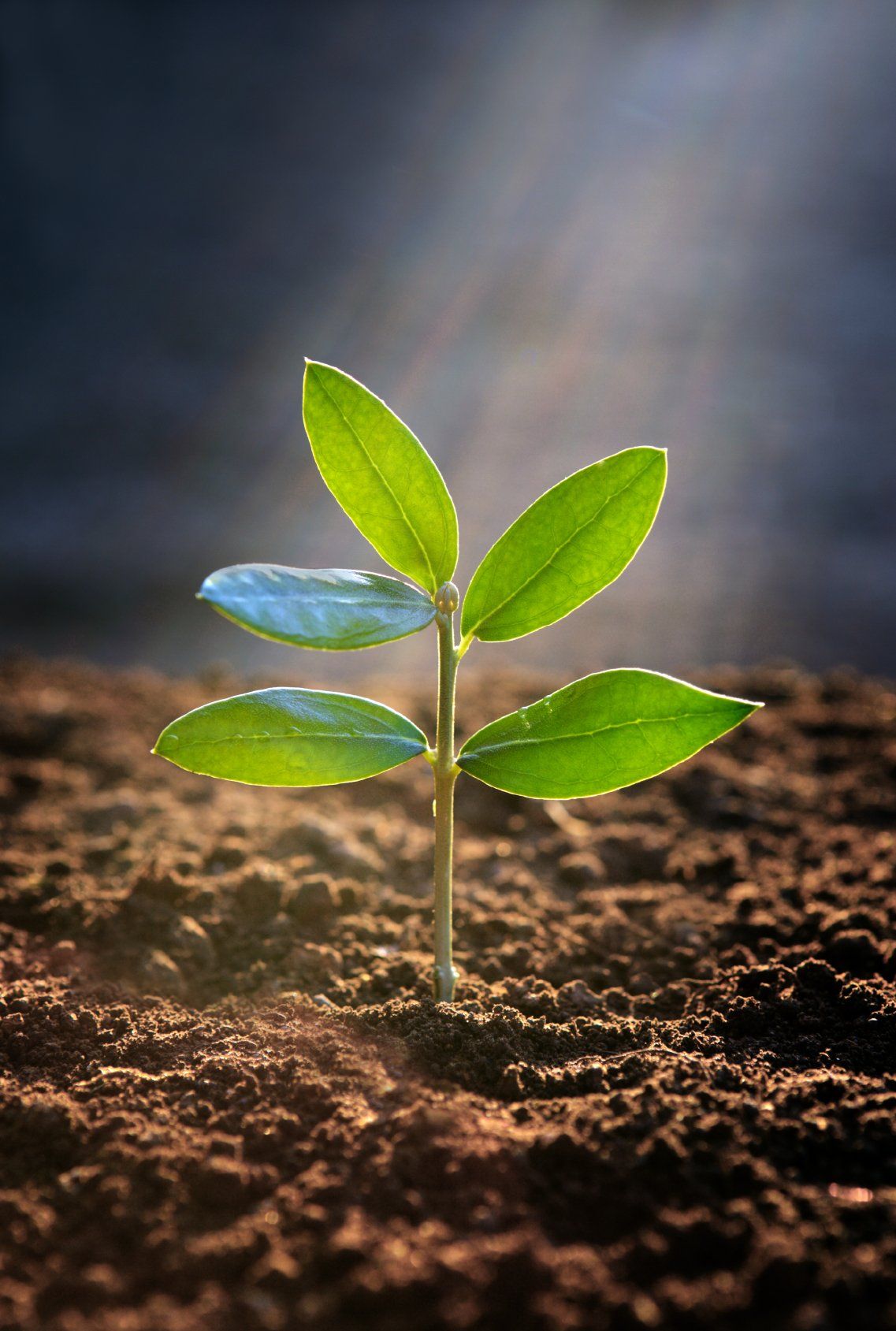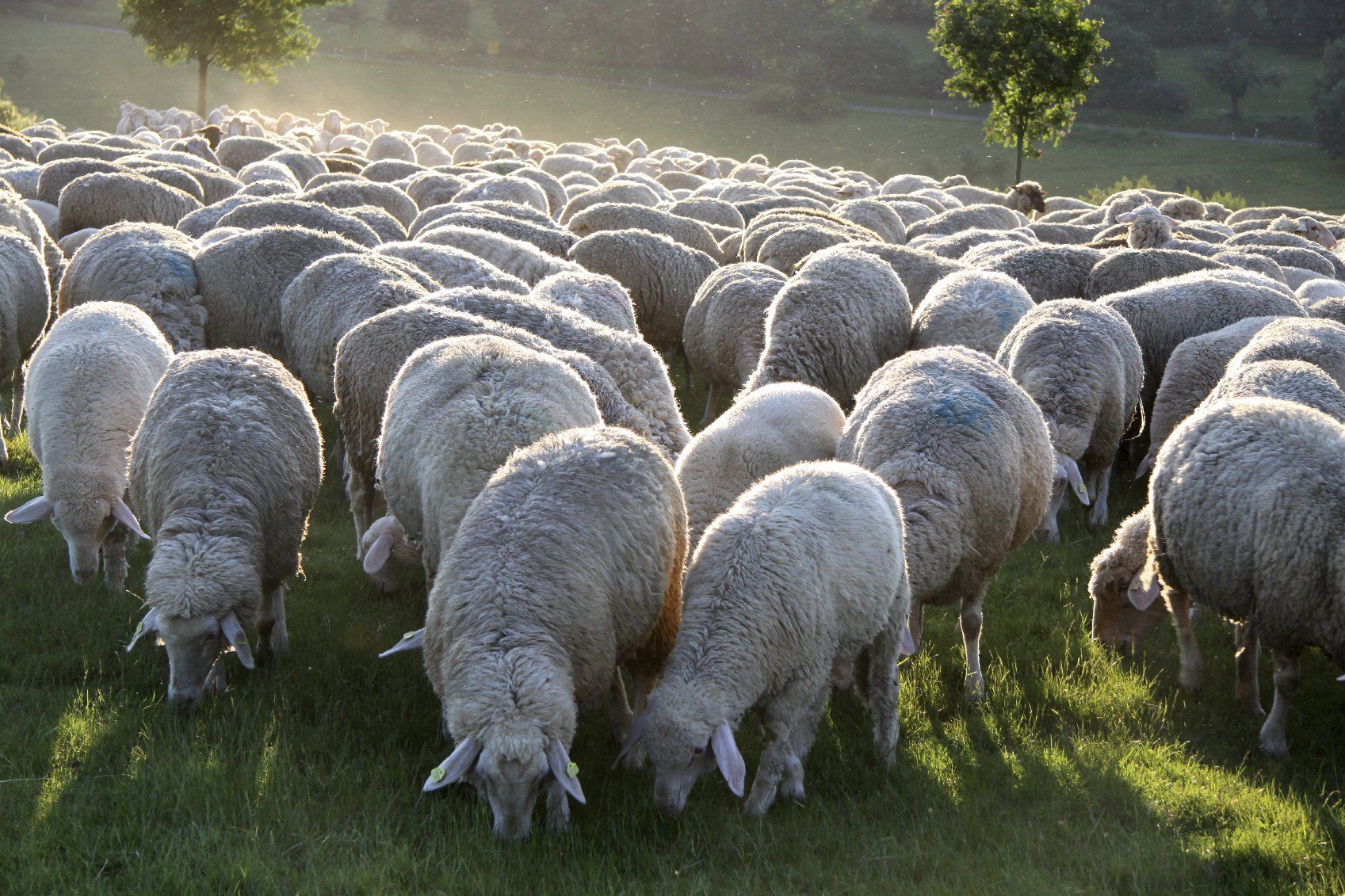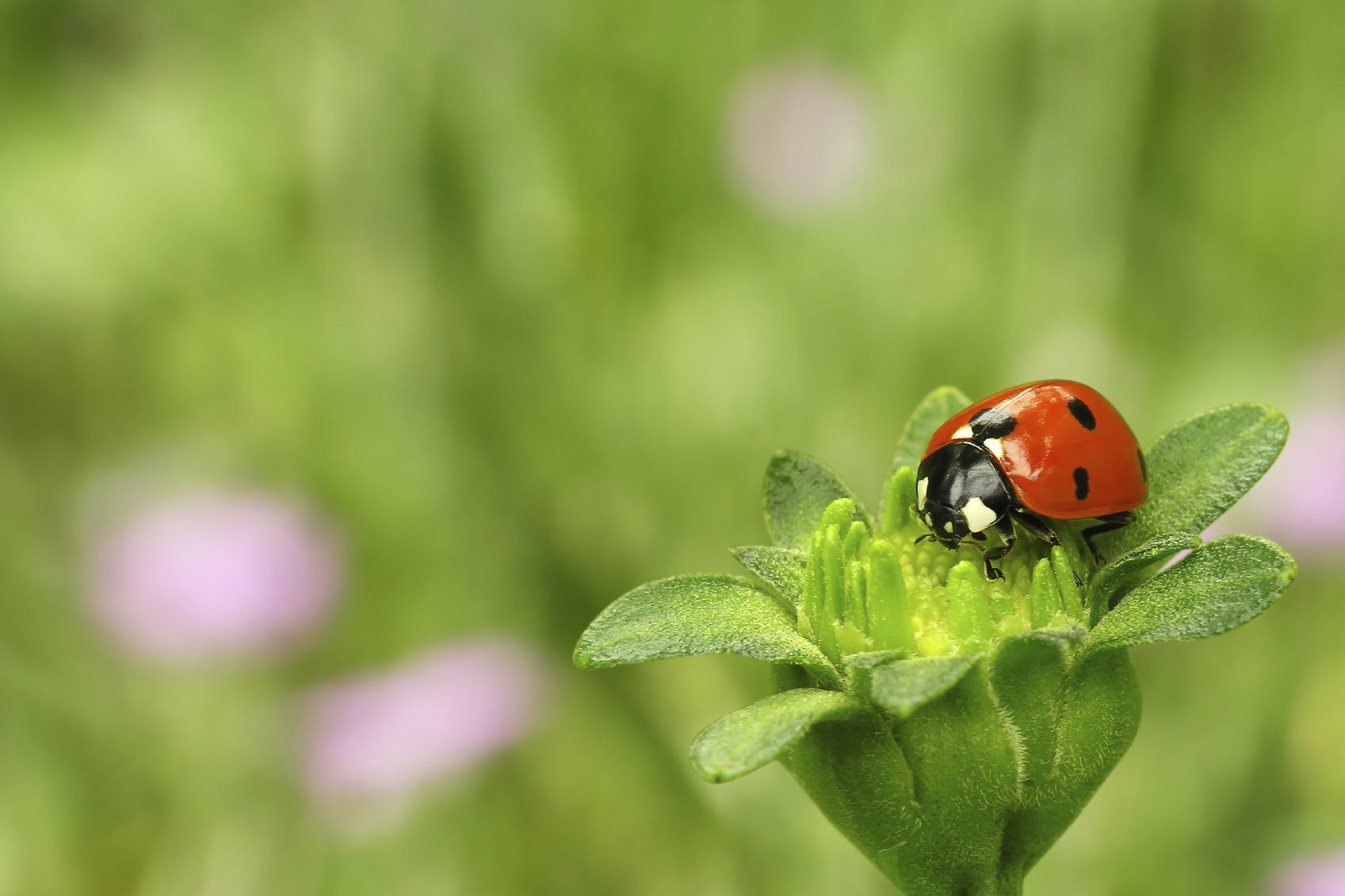Our wildlife needs a helping hand
Help restore Wildlife Habitats
Wherever you find wildlife, plants, trees and grasses you know nature is working. But we cannot take its wonders for granted. If we help wildlife today, nature will repay our efforts in our tomorrows.
The Soil Association
The Soil Association is the charity joining forces with nature for a better future:
A world with good health, in balance with nature, and a safe climate.
Plant a Tree
Plant a tree for wildlife
Save our Bees
Help us protect our bee population
As you read this, 35 species of UK bees face extinction. Bees' disappearance will trigger a devastating cycle of events for our wildlife, environment and the food we eat
The Soil Association
The Soil Association is the charity working with everyone to transform the way we eat, farm and care for our natural world.
Discover how Ordnance Survey is helping to create more Wildlife Habitats
Get ready to experience a new passion
Learn more

Why Organic Farming is better for Wildlife
We and our partners at the Soil Association encourage everyone to help care for wildlife and its habitats, every day, everywhere.
Learn more here about how the Soil Association is helping farmers and communities create wildlife corridors and havens
Small Birds

Where have all our wild birds gone
Of the 247 species of birds monitored by the RSPB just 81 are on its Green List.
The remainder, 166 species, including the house sparrow, are on its watch list of Birds of Conservation Concern.
The most worrying are the 67 species on its red list, with 96 on its amber list.
Bird life is the prominent indicator of the health of habitats around the UK and in our National Parks.
The good news is the co-operation of the farming community in restoring woodland, hedgerows and field margins is having an impact, the RSPB report 14 species moved to its Green List at the most recent assessment.
Find out more here of how the Soil Association is appealing for more farmers to work with them to protect wildlife and our bird populations. Can you help!
Small Mammals

Hedgehog numbers plummet across the UK
The British Hedgehog Preservation Society had long adopted 'Hedgehog Street' as a way to raise awareness of the sharp decline in our spiky friends since 2000.
Urban sprawl, lack of roadside verges, loss of hedgerows and field margin have all contributed to the creature's demise.
We can all help restore our hedgehog community by creating the 'street' or wildlife corridor that mammals and other creatures need both to forage for food or use as safe haven.
But it isn't just our hedgehogs in decline, all wild small mammals, red squirrel, weasel, stoat, otter, field mouse, vole - each one and many more species are in danger.
We are learning why and what can be done. But this is why it is VITAL you join in. Find out more here about how hedgerows and hedgehogs work together.
Woodland Flora and Fauna

Woodlands in Summer
Lazy sunbeams among the trees wafting in a gentle breeze.
Woodlands in summer are magical. Carpets of red clover, Ox-eye daisy, field poppy, cowslip, and in woodland rhodendrons. Shades of colour scattered amongst a backdrop of green create glorious three dimensional architecture.
If you do consider venturing out into our woodlands, take extra care to tread lightly, create opportunities to witness wildlife in its territory.
Wildlife need a helping hand do what you can to help. Take some bird seed, peanuts or fat balls. Woodland birds will quickly respond to your kindness, may even wait for you to walk by if you choose to help more often.
Don't forget your smart phone to record when, where and which creatures you witnessed in any location. If you wish forward your images to Naturally Sustainable.
Your co-operation will help to record more information of wildlife, their corridors, habitats and variety of animal and birdlife.
Discover here how you can help protect our wildlife.
Here are more creatures to look out for
Pollinators
They are the workforce that keeps our crops growing and putting food on our table.
Birds, bats, butterflies, moths, flies, beetles, wasps, small mammals, but most importantly, bees are all pollinators.
They visit flowers to drink nectar or feed off of pollen and transport pollen grains as they move from spot to spot.
Bees in particular are in decline. Their habitats in the wild have been destroyed by intensive farming and urban sprawl, by pesticides. Wildlife Corridors are an imperative for all creatures but especially bees.
Beneficial Insects
Although not an insect but an arachnid, spiders top the list of beneficial predators because they overwinter in fields and margins.
Crop active predators include ladybirds, soldier beetles, lacewings, predatory flies like the hover fly, grasshoppers, bugs and mites, all hard at work to keep hundreds of pest species from damaging our crops.
Everyone can help by planting flower rich habitats, one of the easiest to use is Shake and Sow - Flowers for Wildlife - Bright Mix by the
Royal Horticultural Society.
Here is what to do
Take a photograph or a video of the creature you have noticed on your walk or cycle ride and email it to us.
You MUST provide the exact location, time and date otherwise we cannot use the image, video or data.
But fear not! Ordnance Survey have a free Locator app you can download to your phone, after that its easy.
You should email us at:
admin@naturallysustainable.org.
Don't forget to attach your images and exact location.
What will we do with your images.
You should advise us in your email whether you are happy that we forward your images on to our charity or national organisation that will use your information to monitor the kind of wildlife you have captured in your images.
If you feel you have captured a Natural Wonder (see column to the right) then please include in your email you would like to submit your images to UNSPLASH our recommended international image library. The library will credit you with your work free of charge providing that it is accepted for publication.
Capture a Natural Wonder
If you come across a creature in any setting that has you spellbound, do please take a picture and send it to us we will include it in our annual awards.
That you will find those moments of magic is just a matter of perception, patience and perseverance.
Every wildlife specialist would agree, but Stop! Think! What provided that very special image, was it you, your new or highly polished skills or was it nature at her very best.
May we suggest that you the photographer became a part of nature at her very best.
If we understand how vital it is to apply our own sustainable ethics then we are at one with nature, not merely an observer but an Alchemist.
According to Merrium Webster:
'Alchemy is the power or process that changes or transforms something in a mysterious or impressive way'.
Disclaimer: All of our content is free to use at any time. We may however earn a commission through sales generated on our site. This will not generate any additional cost to the user nor does it affect any purchase. For more information read our Privacy Policy here thank you.
Progress to a Sustainable Future








